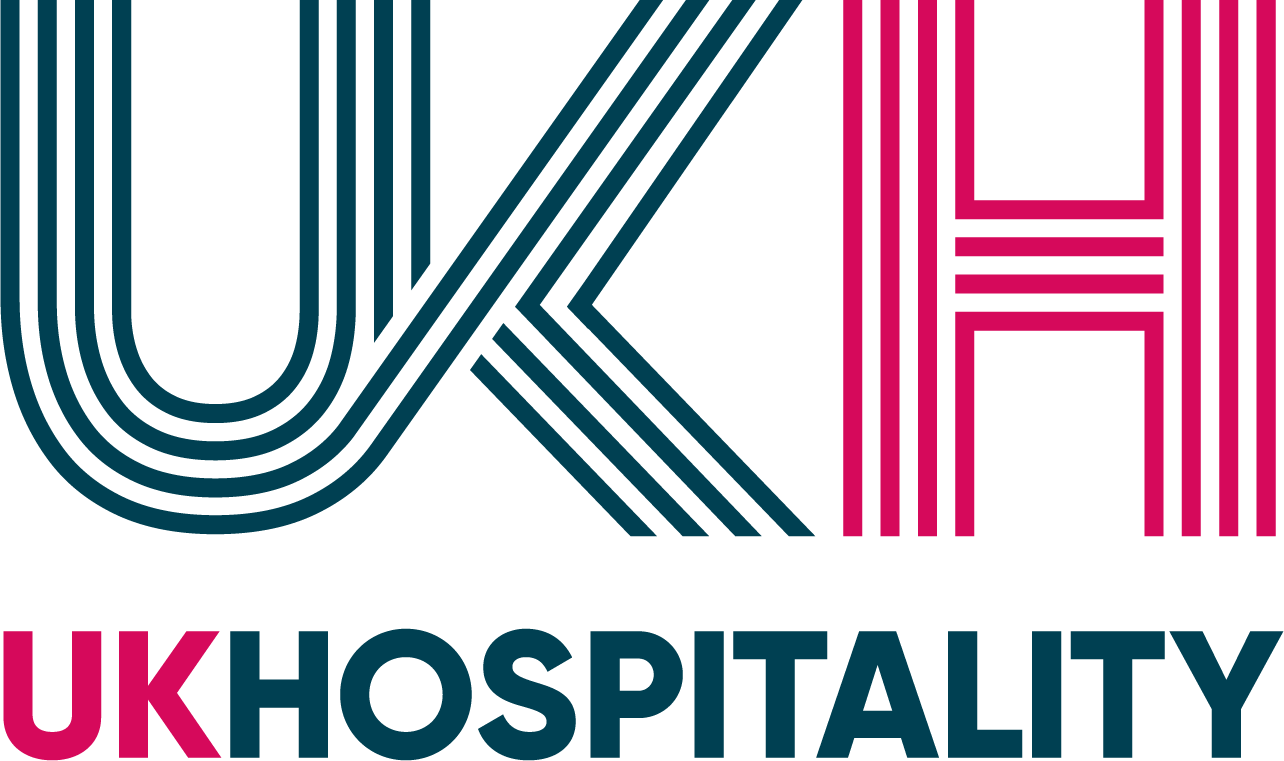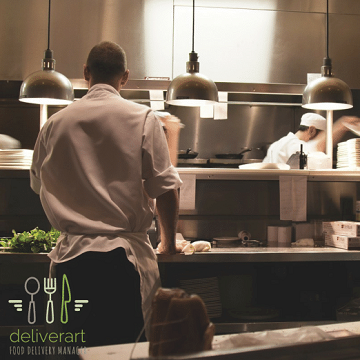The digitisation paradox of food delivery: how to get out of the loop
The digital revolution and the coexistence of many competitors and channels in the food delivery market mostly affected the final customer and created a chaos in the pre-existing restaurants’ workflow. Let’s see what happens behind the curtains of food delivery!
In these past years, we witnessed a massive digitisation of the food delivery market. According to McKinsey, this phenomenon is worth more than $90 billion worldwide, 23% of which is made by online food delivery and it’s bound to grow by 3.7% in these next years.
As of today, this digital revolution only affected how the final customer orders food from home; they have a lot of different ways to do so like mobile apps, different websites, as well as through the phone.
Restaurants of all sizes and from all segments get clear benefits by signing with delivery services. They not only it help revenue growth, but it also implements building new customer bases, increases order size and frequency, improves the incidence of fixed costs, and reduces those of administration. But these benefits have a price, most likely hidden.
Let's see what happens behind the curtains of food delivery
From being the main characters, restaurateurs have become just gears in a system that grows so fast they are losing control over their workflow. The most critical issues are currently operational.
The coexistence of many competitors and channels in this market is the perfect example of how this digital revolution mostly affected the final customer and created a chaos in the pre-existing workflow.
For each and every different food delivery platform, they have to interface with a dedicated device and screen to receive orders from, in addition to their online website and phone apps, which still represents the 58% of the total orders. As a result, restaurateurs that work with multiple food platforms find their shops invaded by tablets and POS machines. The issue? None of the aforementioned channels and devices communicate with each other, and they are disconnected with what is really going on in the restaurant.
It is still up to the manager to sort every food order assigning the right priority manually, transfer them to the kitchen promptly and ensure the shortest possible waiting time for the customers.
The third way for food delivery
Aggregating all these different ordering channels within a unique platform and bringing back the business governance in the hand of the restaurateur is key to success. This strategy creates a win-win situation with tangible benefits for everyone:
- the food ordering platforms will have always an eye on what’s really going on in the restaurant, knowing the availability beforehand to pick an order without overloading their affiliates;
- a food delivery manager could benefit from an automatic sorting of the best time to deliver their goods depending on their real availability of the kitchen and they could also easily monitor their work;
- a better time management will lead to an improved performance of the food business resulting in a boost in productivity and customer satisfaction.
This solution will prevent restaurants from dealing with different devices, saving precious time and counter space, guaranteeing the third party food operators considerable savings for the maintenance of the hardware provided to their affiliates.
Deliverart, the B2B food delivery management software born in Italy, goes exactly in this direction being the chain link for all the order coming from all the different channels and the restaurateur.
The startup is about to launch its service with the aim to scale up fast in Europe and worldwide, proposing a solution that will meet all of the market’s needs and bring consistent benefits to the food delivery growth.
Deliverart.it/en
info@deliverart.it
+39 331 584 7001
Contact us
Twitter: @deliverart_it
Facebook: @deliverart.italia
LinkedIn: /company/deliverart/






